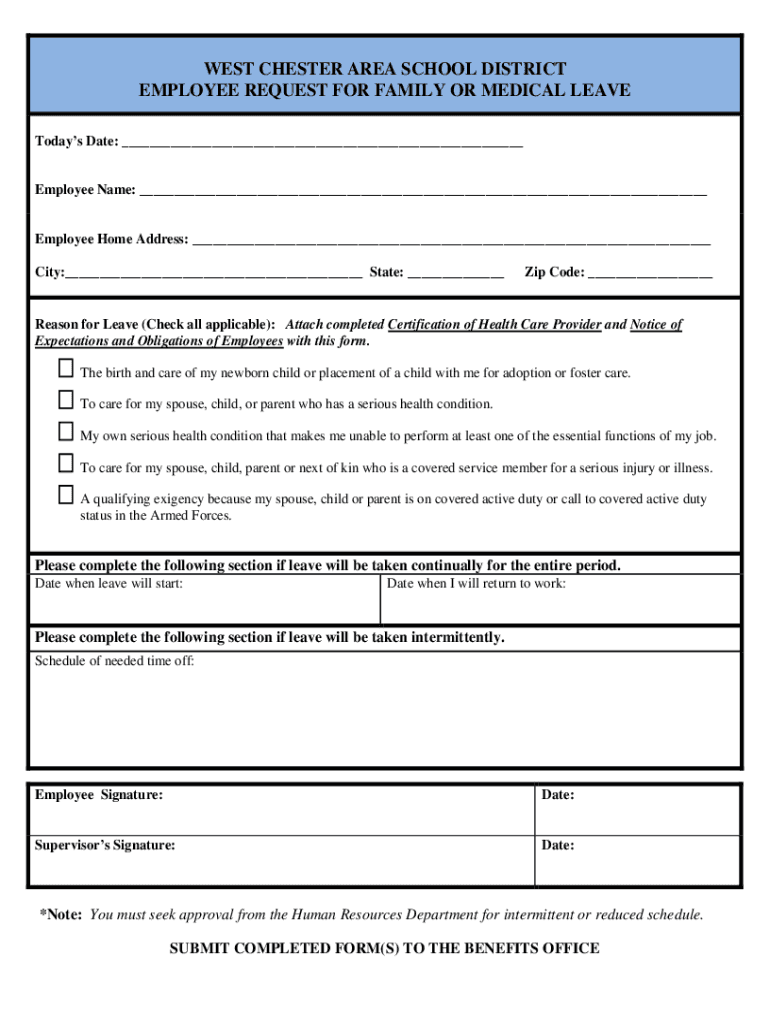Paperwork Essentials for Starting a DC Condo Association

Initiating a Condo Association in the bustling metropolitan area of Washington D.C. requires careful planning and thorough understanding of legal paperwork. Condominiums are a popular form of housing here, known for their maintenance-free living and community amenities, which make the process of establishing a condo association quite unique. This comprehensive guide will walk you through the essential paperwork required to start and maintain your DC condo association, ensuring that you are well-informed and prepared to embark on this journey.
Understanding Condo Associations

Before delving into the paperwork, it’s crucial to understand what a condo association entails:
- Homeowners’ Association (HOA) for condos where owners share ownership of common areas and have responsibilities for maintenance and upkeep.
- Board of Directors elected by the community to manage the affairs of the association.
- The Declaration of Covenants, Conditions, and Restrictions (CC&R) which outlines the rules governing the condo community.
💡 Note: Knowing these elements is key to creating an effective condo association that serves the community’s interests.
Essential Documents for Starting a DC Condo Association

1. Articles of Incorporation

The Articles of Incorporation are the foundational document needed to establish your condo association as a legal entity:
- Name of the association
- Objectives and purposes
- Principal office location
- Duration of the association
- Names and addresses of the incorporators
- Bylaws or their reference
2. Bylaws

The bylaws set the operational guidelines for the condo association:
- Details about membership, meetings, and voting procedures.
- Rules for elections, terms, and duties of the Board of Directors.
- Financial management practices.
- Amendments to the bylaws.
3. Declaration of Covenants, Conditions, and Restrictions (CC&R)

The CC&R document specifies the rules and regulations for owners, including:
- Individual unit ownership rights.
- Common areas management.
- Use restrictions.
- Assessment and maintenance fees.
- Architectural guidelines.
4. Condominium Plat or Plan

A condo plat or plan illustrates:
- The layout and boundaries of each unit.
- The common areas and limited common elements.
- Legal descriptions of each unit and the overall property.
5. Budget and Reserves

Creating an initial budget and reserve fund is critical:
- Projected expenses for operations and capital improvements.
- Contributions to reserve funds for future repairs and replacements.
6. Meeting Minutes and Records

Documenting all meetings and decisions:
- Minutes from board meetings.
- Voting records.
- Policies and resolutions passed by the board.
7. Insurance

Ensure the association has the necessary insurance coverage:
- Property insurance for common areas and structures.
- Liability insurance to protect against lawsuits.
- Directors and Officers (D&O) insurance.
8. Rules and Regulations

Establish additional rules:
- Parking.
- Pet policies.
- Noise restrictions.
- Lease agreements.
💡 Note: Consulting with a real estate attorney can help ensure that all documents comply with local and federal laws.
The Importance of Record Keeping

Maintaining accurate records is not just good practice; it’s often legally mandated. Here’s why:
- Compliance: Helps ensure all legal obligations are met.
- Transparency: Keeps homeowners informed about association activities.
- Financial Accountability: Provides a clear record of financial transactions.
Next Steps After Paperwork

Once the documents are in order, consider:
- Holding an organizational meeting to establish the board.
- Setting up a bank account and obtaining an Employer Identification Number (EIN).
- Conducting regular board meetings.
Wrapping Up

Starting a DC condo association requires diligent preparation of essential documents. From the Articles of Incorporation to insurance policies, each piece of paperwork plays a pivotal role in establishing a structured and legally compliant association. By following these steps, you can foster a sense of community and provide value to condo owners through effective governance and management. Engaging with legal professionals and staying organized can make this process smoother, ensuring your association thrives in the heart of the nation’s capital.
What are the key differences between a condo association and a homeowner’s association?

+
A condo association manages units within a single building or development where the interior of each unit is owned by individuals, but common areas like hallways, lobbies, and external structures are owned collectively. Conversely, a homeowner’s association (HOA) typically oversees single-family homes or townhouses where individual properties are owned in entirety by the homeowners, and the HOA manages common facilities and enforces covenants.
How often should the board of directors hold meetings?

+
Board meetings should occur at least quarterly, but many associations find monthly or bimonthly meetings more effective for addressing community needs in a timely manner.
What should be included in the CC&Rs?
+The Declaration of Covenants, Conditions, and Restrictions should cover property use restrictions, architectural guidelines, maintenance responsibilities, assessment fees, dispute resolution processes, and amendments procedures, among other items relevant to the condo community.